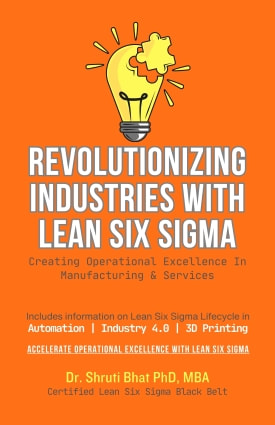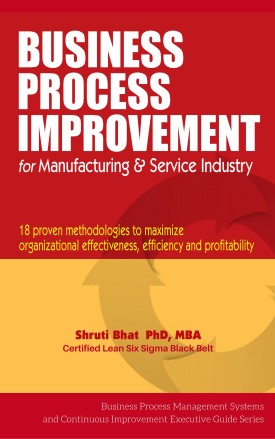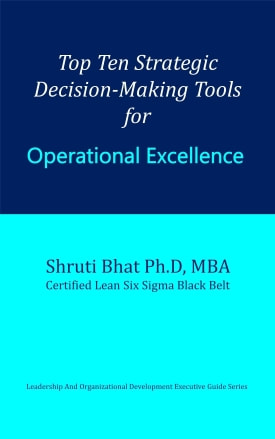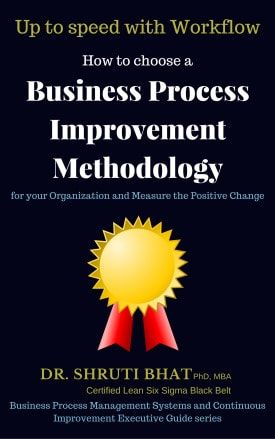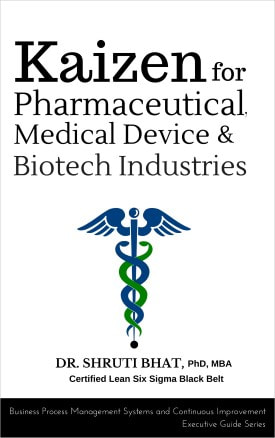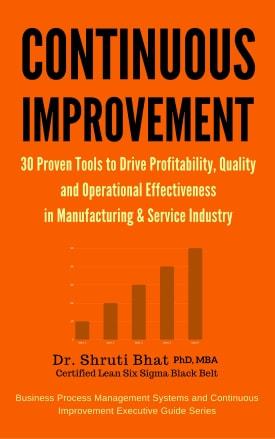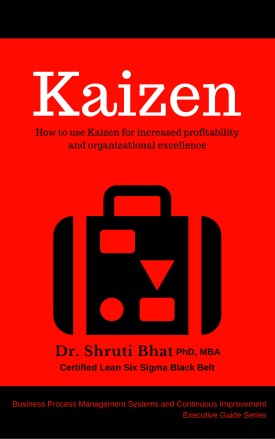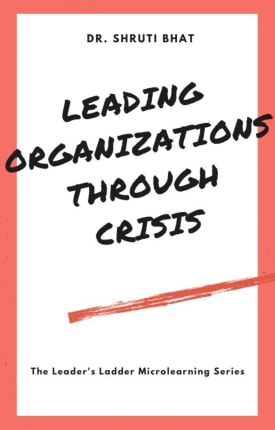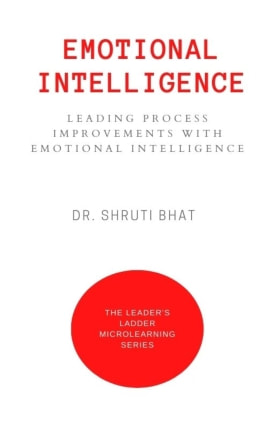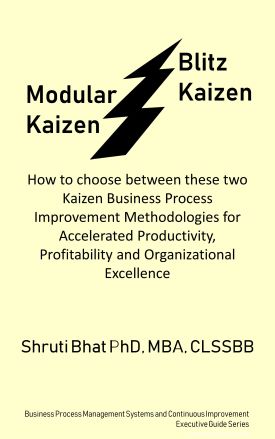Also, GRDF’s greatly improve the pharmacotherapy of the stomach itself through local drug release, leading to high drug concentration at the gastric mucosa, which are sustained over long period of time.
For example, the eradication of helicobacter pylori which today requires the administration of various medication several times a day according to a complicated regimen and which frequently fails as a result of insufficient patient compliance, could perhaps be achieved more reliably using GRDF to administer smaller drug doses fewer times. Finally GRDF will be used as carriers for drugs with so called “absorption windows”, these substances are taken up only from very specific sites of the gastro-intestinal mucosa, often in a proximal region of the small intestine.
Conventional controlled release dosage forms pass the absorption window while they still contain a large and rather undefined portions of the dose which is consequently lost for absorption. In contrast an appropriate GRDF would slowly release the complete dose over its defined GRT and thus make it continuously available to the appropriate tissue regions for absorption.
The controlled gastric retention of solid dosage forms may be achieved by the mechanism of mucoadhesion, floatation, sedimentation, expansion or by the simultaneous administration of pharmacological agents which delay gastric emptying.
1) Mucoadhesive Systems :
Muco adhesion tends to be not strong enough to impart dosage forms, the ability to resist the strong propulsive forces of the stomach wall. The continuous production of mucous by the gastric mucosa to replace the mucous which is lost through the peristaltic contraction and the dilution of the stomach content also seem to limit the potential of muco adhesion as a gastro-retentive force.
Flotation as a retention mechanism requires the presence of liquid on which the dosage form can float and it also presumes that the patient remains in an upright posture during the GRT; in a supine position the pylorus is located above the stomach body and allows the accelerated emptying of floating material.
Sedimentation on the other hand has been successfully employed by few research workers as a retention mechanism for pellets which are small enough to be retained in the rugae or folds of the stomach body near the pyloric region, which is the part of the organ with the lowest position in an upright posture. Dense pellets (approximately 3g/cm3) trapped in rugae also tend to withstand the peristaltic movements of the stomach wall.
Expansion has been shown to be a potentially reliable retention mechanism. Several devices features which extend, unfold or which are inflated by carbon dioxide generated in the device after administration. These dosage forms are excluded from the passage of the pyloric sphincter if they exceed a diameter of approximately 12-18 mm in their expanded state.
Various mechanisms ensure the full reversibility of the expansion. Prototypes have already achieved the desired expansion and release profiles with model drugs in pilot clinical trials in which ultrasound and magnetic resonance imaging were employed as methods to visualize the gastric residence of the dosage form. There are few pharmacological approaches to achieve a moderately increased GRT of oral dosage forms.
However, the concept of simultaneous administration of a drug to delay gastric emptying together with a therapeutic drug will most likely not receive the favor of clinicians and regulatory agencies because of the questionable benefit to risk ratio associated with these devices.


